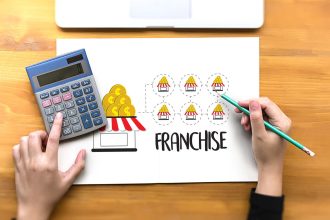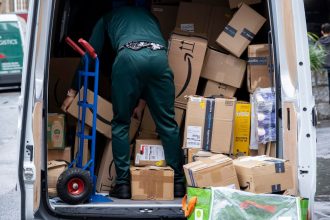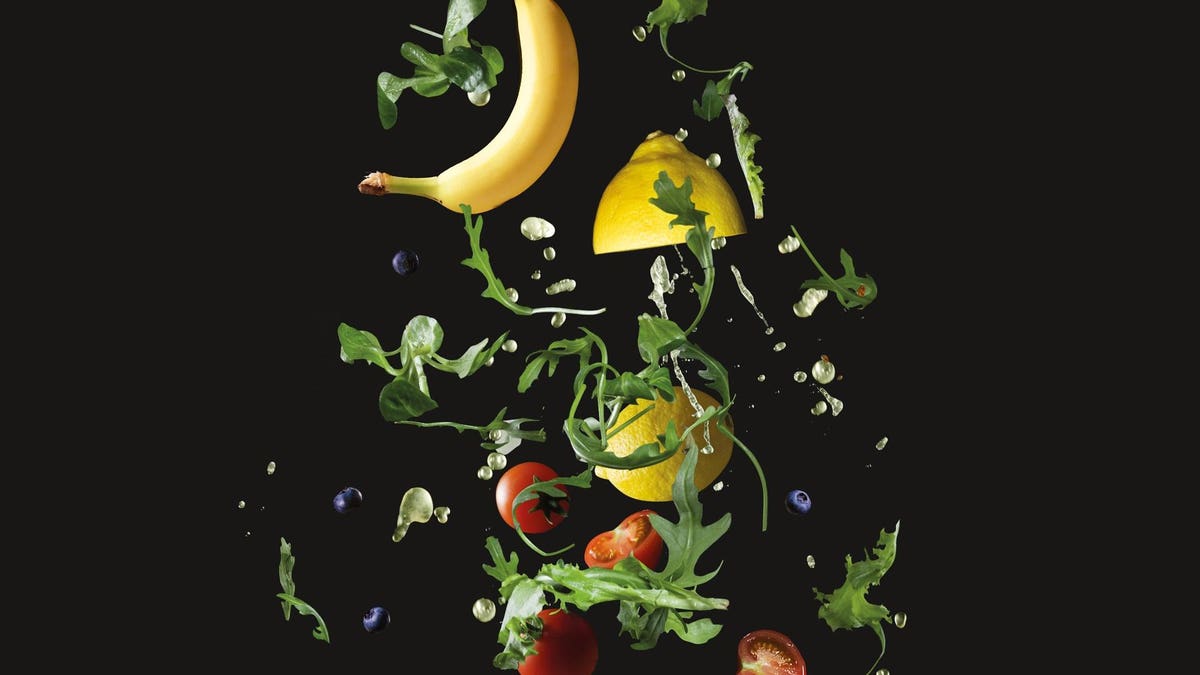Food waste costs grocery stores $28 billion every year. Afresh is working to slash that number.
By Lauren Debter, Forbes Staff
Albertsons wants to sell fresh raspberries. Not raspberries that are mushy. Or moldy. Or that will be inedible the day after you stick them in your fridge. But raspberries that are red and juicy and delicious.
It’s astonishingly difficult to pull off. In the past, store managers were essentially making their best guess when deciding how much to order. Too little, and the customer walks away empty-handed. Too much, and the raspberries end up sitting around for too long and go bad.
“Previously, produce ordering was a manual process, which meant stores were more likely to inaccurately estimate the type and amount of produce customers would buy,” said Suzanne Long, chief sustainability officer for Albertsons.
Boise, Idaho-based Albertsons, one of the nation’s largest grocers with $78 billion in annual revenue, began using artificial intelligence software across stores last year from a startup called Afresh Technologies to help it forecast demand and place orders for the type of food that tends to spoil the fastest, like bananas, bell peppers and bagged salads. Albertsons is now placing more frequent orders for smaller quantities.
“We’re trying to have full shelves and an empty backroom when the next truck comes in,” said Afresh CEO Matt Schwartz.
San Francisco-based Afresh, started in 2017, is still a nascent business – Forbes estimates that its revenue last year was under $10 million – but it’s growing fast. With $150 million in equity funding from Spark Capital, Insight Partners and other top VCs, Afresh has rolled out its software at 3,300 stores that include Albertsons (whose stores represent the majority of its business), WinCo Foods and Save Mart. Supermarket employees wielding iPads punch in how many apples, heads of broccoli and cherry tomatoes they have left on shelves and then review automated suggestions for how much to order.
More grocery stores are adopting this type of technology in an effort to cut down on how much food they toss each year, an amount that totals $28 billion, according to estimates from ReFED, a nonprofit that tracks food waste. Since stores tend to err on the side of ordering too much, they throw away about 5% to 6% of fresh food, Schwartz said. Rates can be twice that among prepared foods. In addition to being bad for the environment, it’s bad for business because it means lost sales and crimped profits.
Afresh says that its customers typically reduce food waste by one quarter, which can lift operating margins in the produce category by 40% and deliver tens of millions, or even hundreds of millions, in profit. “We tell chief financial officers, ‘You’re going to smash your numbers,’” said Schwartz.
That’s a welcome message at a time when grocery stores, which have notoriously thin profit margins, are grappling with the rising cost of food. Albertsons, whose brands include Safeway, Vons and Jewel-Osco and which has announced plans to merge with Kroger, rolled out the software across nearly all 2,200 of its stores last year. The company has said that its goal is to eliminate food waste going to landfills by 2030. “If you can pick up three to five points of gross margin with this thing without having to raise prices, that is huge,” said Walter Robb, the former CEO of Whole Foods, who has invested in Afresh.
To assist with orders, the startup makes sense of a jumble of data to forecast demand better than any human can. It starts with the history of how an item has sold over the past several years, folding in sales data on a daily basis. It then factors in anything that may affect demand, such as upcoming promotions, weather, holidays and the day that food stamps are doled out. Internal estimates attempt to account for the unforgiving shelf life of finicky items like avocados and peaches, which a store is always racing against the clock to sell.
This is a big improvement over an employee going product by product, using their judgment to figure out how many Gala apples to order versus Honeycrisp and Fuji and Pink Lady and Granny Smith.
It means that fruits and veggies are not sitting around for nearly as long at grocers like Cub, a Minnesota chain with 100 stores, which is moving produce in and out of its stores 7% faster than before. The retailer has also seen a nice 2.5% boost in sales from improving its in-stock levels.
“Remember that retailing is all about having the right product at the right price at the right time,” said Robb. “This is a tool to make that happen.”
The stakes are high in the fresh section of a grocery store, which tends to be a big traffic driver, especially for return trips. Improving the quality and selection of fresh foods has been a major priority for Albertsons, which sees it as a way to boost sales and steal market share from competitors. “The fresh portfolio really, really matters,” Albertsons CEO Vivek Sankaran said in a quarterly earnings call last month.
Schwartz, 33, a former Bain consultant with an MBA from Stanford, started Afresh six years ago after learning how much fresh food grocery stores were throwing away, and how little technology existed to address the problem. Schwartz has always been a health nut, who practiced intermittent fasting and designed meal and workout plans for friends. Early in his career, he’d worked at Simple Mills, which makes crackers, cookies and other snacks with alt-ingredients like almond flour and coconut sugar.
Afresh charges each store department hundreds of dollars per month to use its software. It says it has prevented 43 million pounds of food from being thrown away since inception.
“This technology is one of a small handful we’re seeing really take off,” said Dana Gunders, executive director of ReFED.
As AI-powered ordering gains wider adoption, it could help cut food waste at the store level in half by 2030, according to the Pacific Coast Collaborative, a multi-state governmental initiative to reduce greenhouse gas. Similar technology is sold by companies like Shelf Engine, which signed up Kroger as a customer but subsequently laid off a significant portion of its staff.
Afresh is now signing up more stores and expanding beyond produce with existing customers. This year, it expects to go into another 7,500 departments, which includes new forays into the meat and seafood counters, the deli and the prepared foods section. It is also introducing more tools for grocery stores, like one that helps employees complete monthly inventory checks.
The company now assists with ordering a tenth of all produce sold in America, said Schwartz. “We plan to be preventing over 100 million pounds of food waste per year very shortly,” he said.
MORE FROM FORBES
Read the full article here





